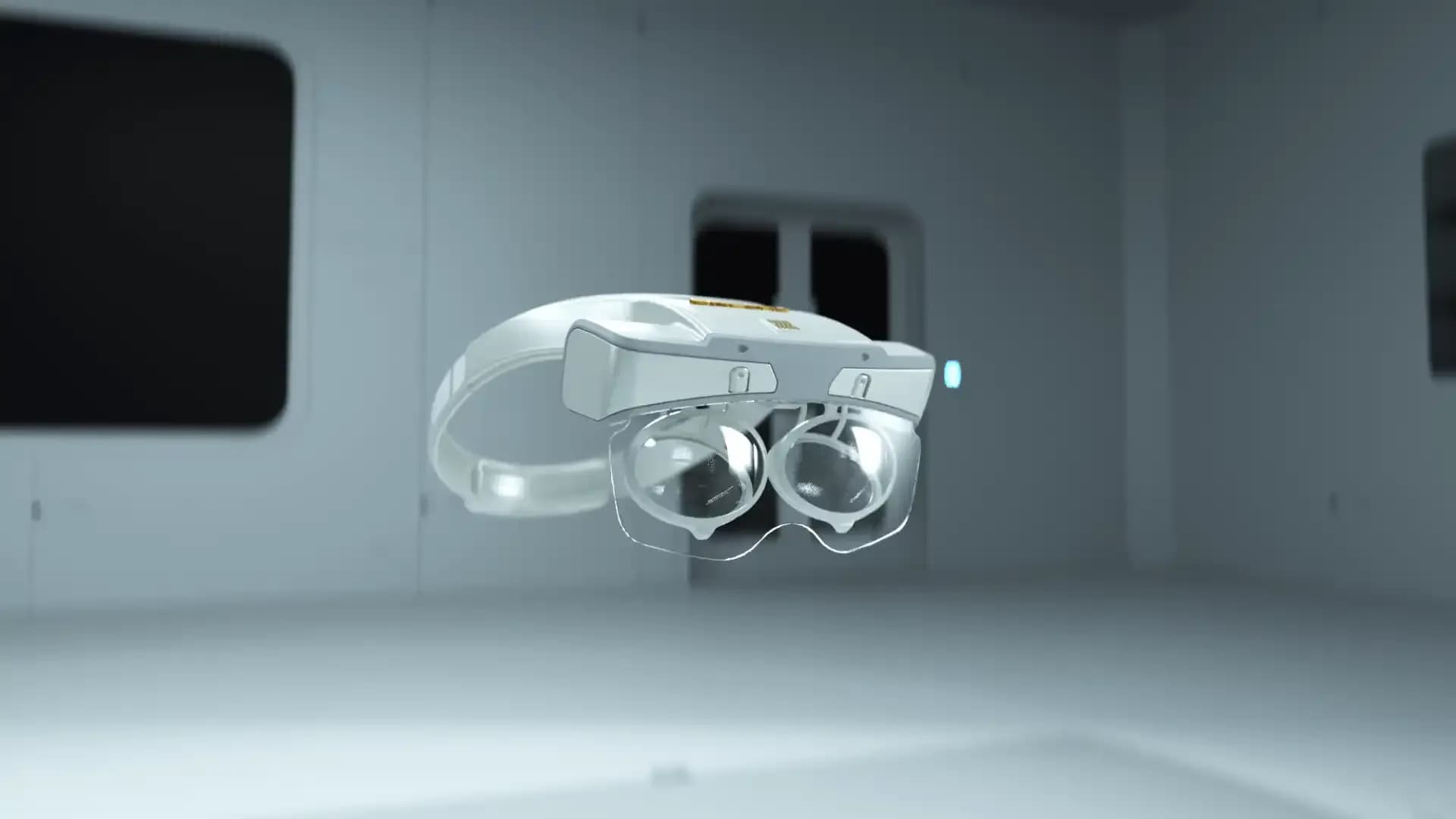Welcome back to AWE Talks, our series that revisits the best of AWE’s conference sessions. With AWE USA 2024 recently concluded, we have a fresh batch of footage to keep us busy for weeks to come.
We continue the action this week by looking at AR's more practical and altruistic outcomes: helping blind and vision-impaired individuals to see or sense their surroundings. A panel of practitioners shows us how.
See the summarized takeaways below, along with the full session video. Stay tuned for more video highlights each week and check out the full library of AWE USA 2024 sessions on AWE’s YouTube Channel.
Speakers
Charlie Fink, Forbes
Caspar Thykier, Zappar
Soobin Ha, Benvision
Michael Freeman, Ocutrx
Key Takeaways & Analysis
– Though AR discussions often focus on fun or productivity, it can also apply to helping the disabled.
– This takes AR's "superpowers" analogy that's often used into more beneficial directions.
– For example, it can help vision-impaired individuals get a better sense of their surroundings.
– There are several ways that this is playing out and several paths to that honorable goal.
– Ocytrx invented a headset that helps individuals overcome advanced macular degeneration (AMD).
– This is when the center of one's vision (the part used most) begins to degrade in mature ages.
– Ocytrx found a way to curve a visual scene to shift and make visible that occluded sweet spot.
– Meanwhile, Benvision is pioneering music-based mobility for the vision impaired.
– This involves musical tones that signify meaning to users and tell them about their surroundings.
– The company works with retailers to visually scan their spaces and geo-anchor visual tones.
– Then, using the app, vision-impaired individuals will experience meaningful audible signals.
– Use cases include navigation and finding the right products within retail spaces.
– Zappar is similarly evolving the QR code as an AR activation trigger that helps the vision impaired.
– This builds on standard QR codes with peripheral markings that can be scanned from farther away.
– Users can then see product info on their smartphones, given accessible settings (e.g., larger font).
– The result is that vision-impaired individuals can get product information in more accessible ways.
– Use cases include in-store shopping, where individuals don't have to lean in close to find QR codes.
– The timing is right for this innovation given mandates to update QR codes to new standards.
For more color, see the full video below...

Want more XR insights and multimedia? ARtillery Intelligence offers an indexed and searchable library of XR intelligence known as ARtillery Pro. See more here.
Speakers
Charlie Fink, Forbes
Caspar Thykier, Zappar
Soobin Ha, Benvision
Michael Freeman, Ocutrx
Key Takeaways & Analysis
– Though AR discussions often focus on fun or productivity, it can also apply to helping the disabled.
– This takes AR's "superpowers" analogy that's often used into more beneficial directions.
– For example, it can help vision-impaired individuals get a better sense of their surroundings.
– There are several ways that this is playing out and several paths to that honorable goal.
– Ocytrx invented a headset that helps individuals overcome advanced macular degeneration (AMD).
– This is when the center of one's vision (the part used most) begins to degrade in mature ages.
– Ocytrx found a way to curve a visual scene to shift and make visible that occluded sweet spot.
– Meanwhile, Benvision is pioneering music-based mobility for the vision impaired.
– This involves musical tones that signify meaning to users and tell them about their surroundings.
– The company works with retailers to visually scan their spaces and geo-anchor visual tones.
– Then, using the app, vision-impaired individuals will experience meaningful audible signals.
– Use cases include navigation and finding the right products within retail spaces.
– Zappar is similarly evolving the QR code as an AR activation trigger that helps the vision impaired.
– This builds on standard QR codes with peripheral markings that can be scanned from farther away.
– Users can then see product info on their smartphones, given accessible settings (e.g., larger font).
– The result is that vision-impaired individuals can get product information in more accessible ways.
– Use cases include in-store shopping, where individuals don't have to lean in close to find QR codes.
– The timing is right for this innovation given mandates to update QR codes to new standards.
For more color, see the full video below...
Want more XR insights and multimedia? ARtillery Intelligence offers an indexed and searchable library of XR intelligence known as ARtillery Pro. See more here.



